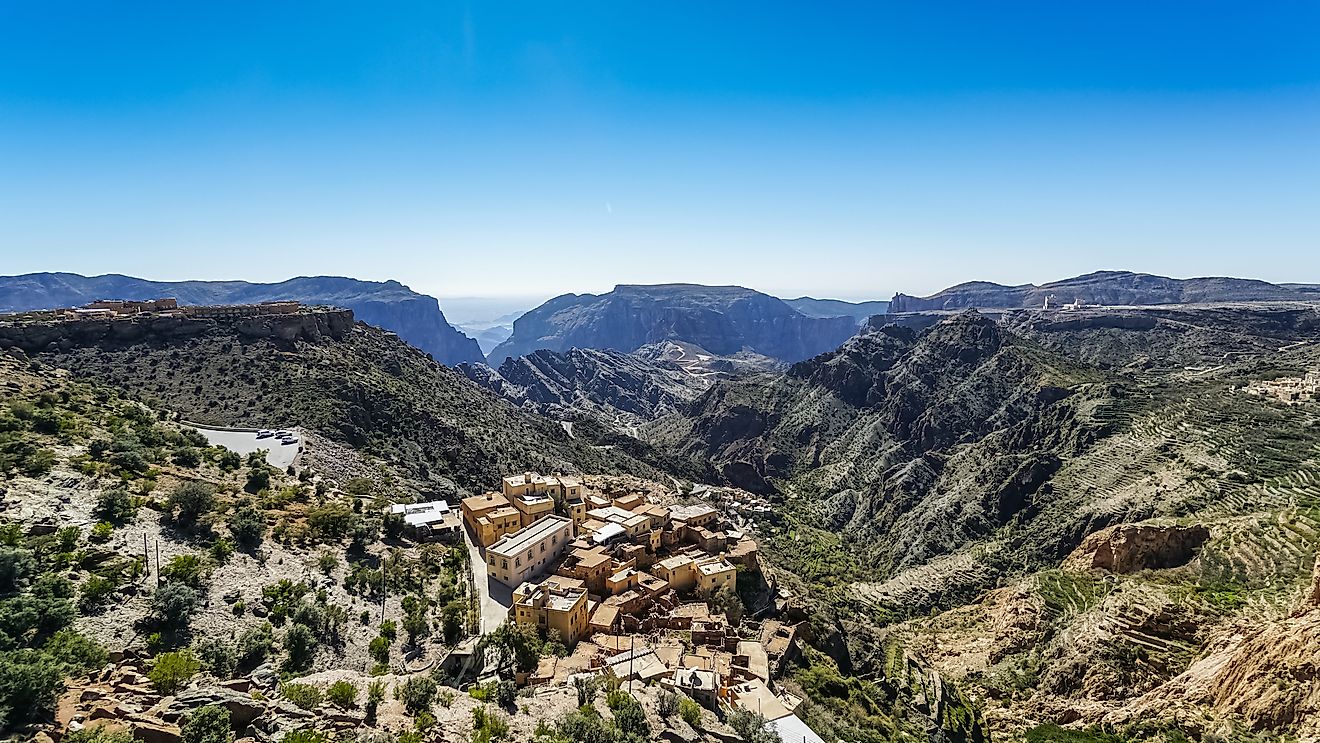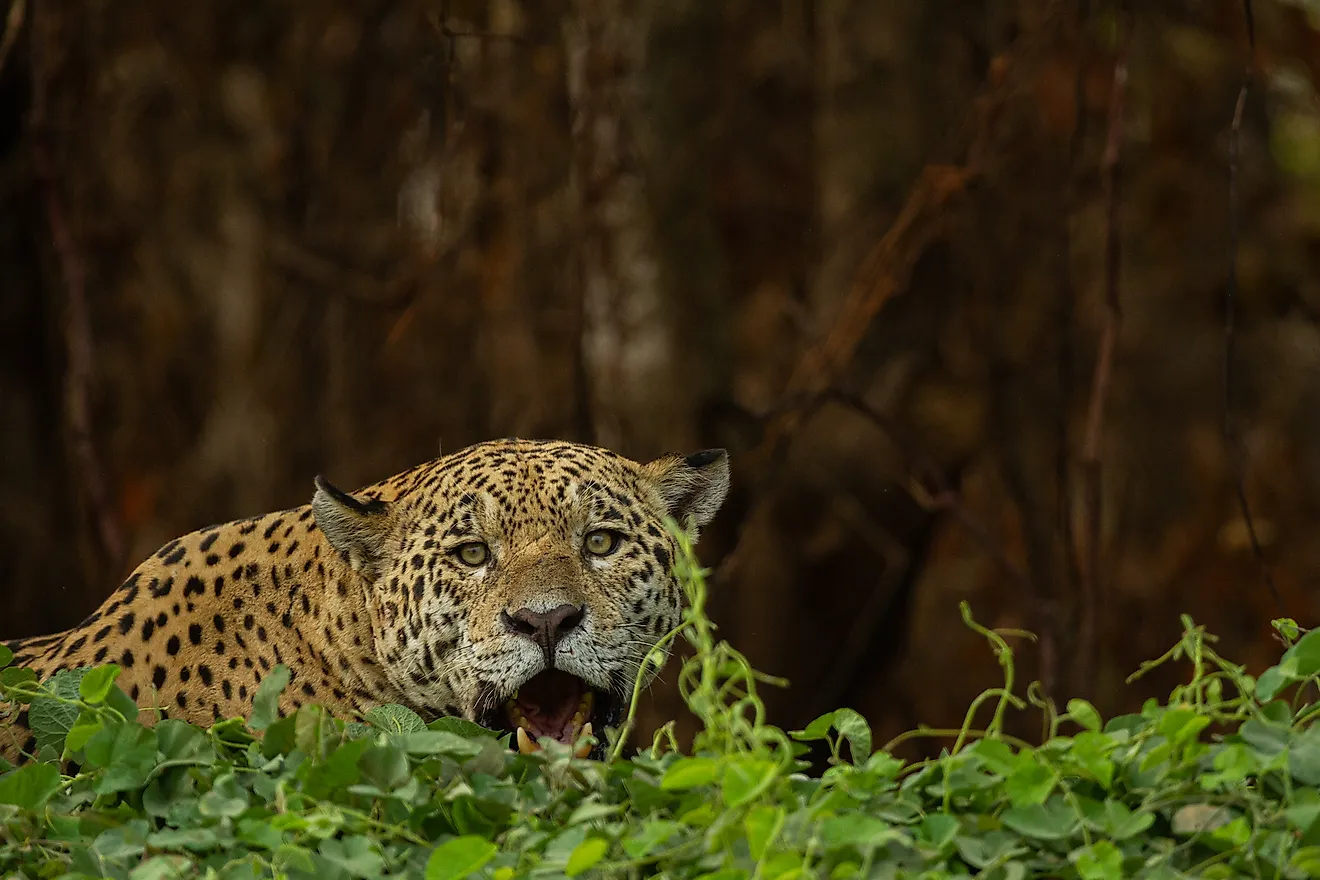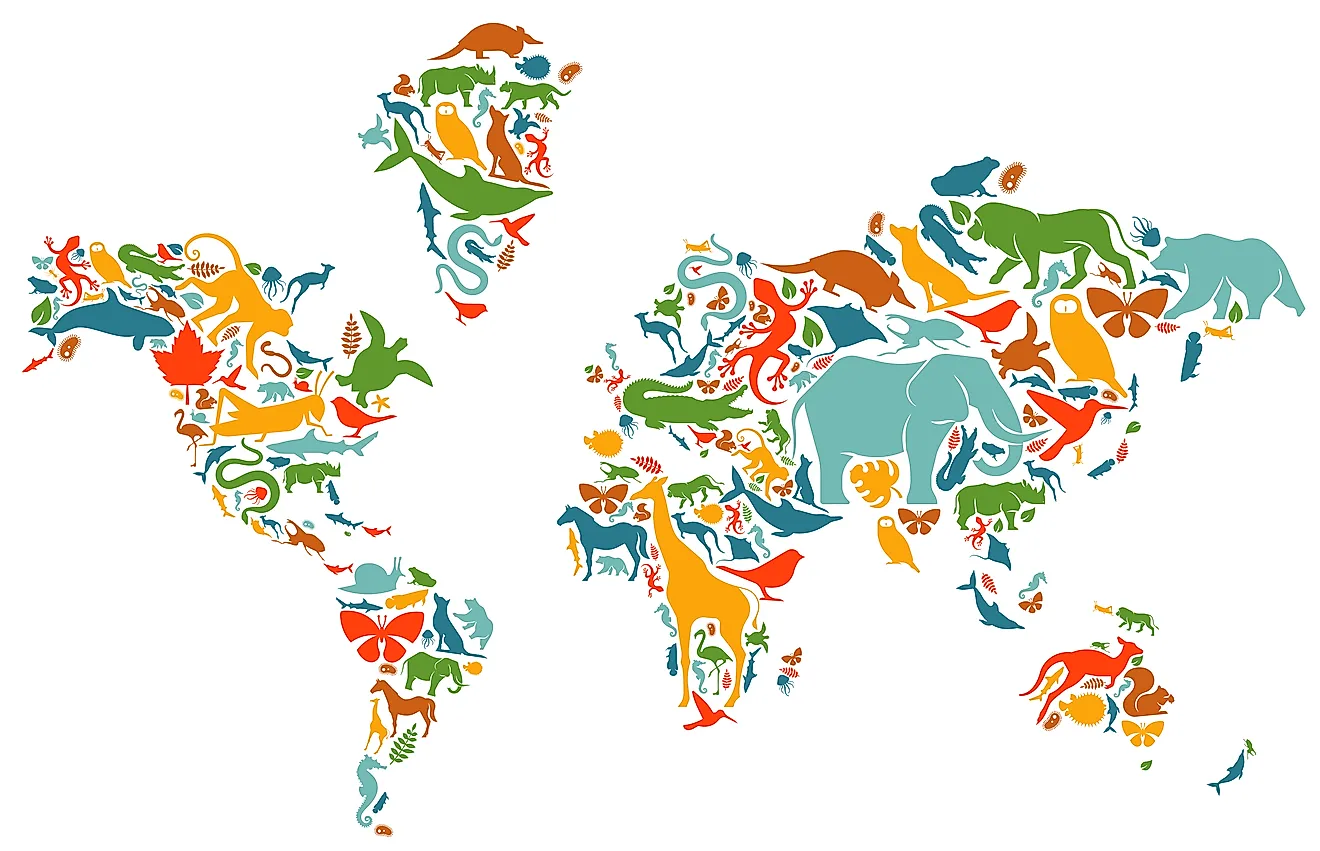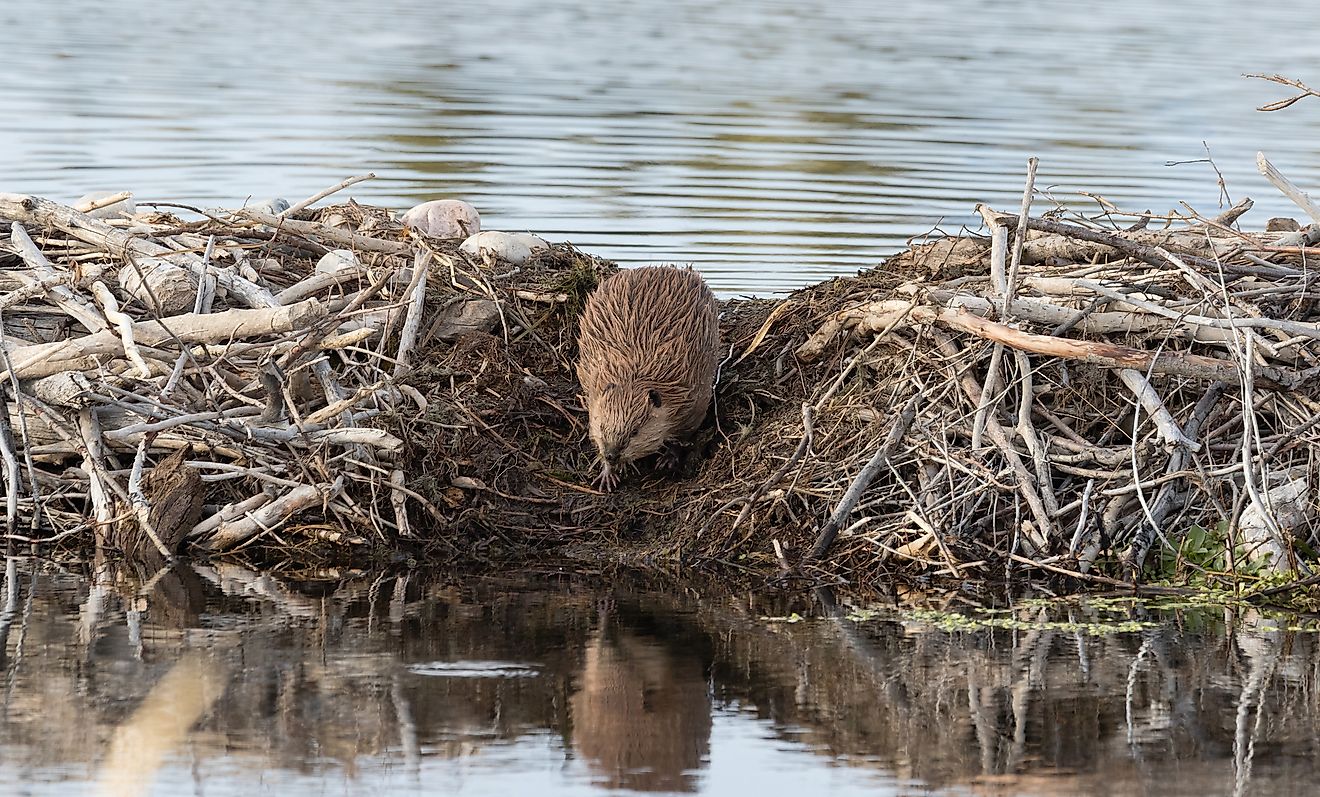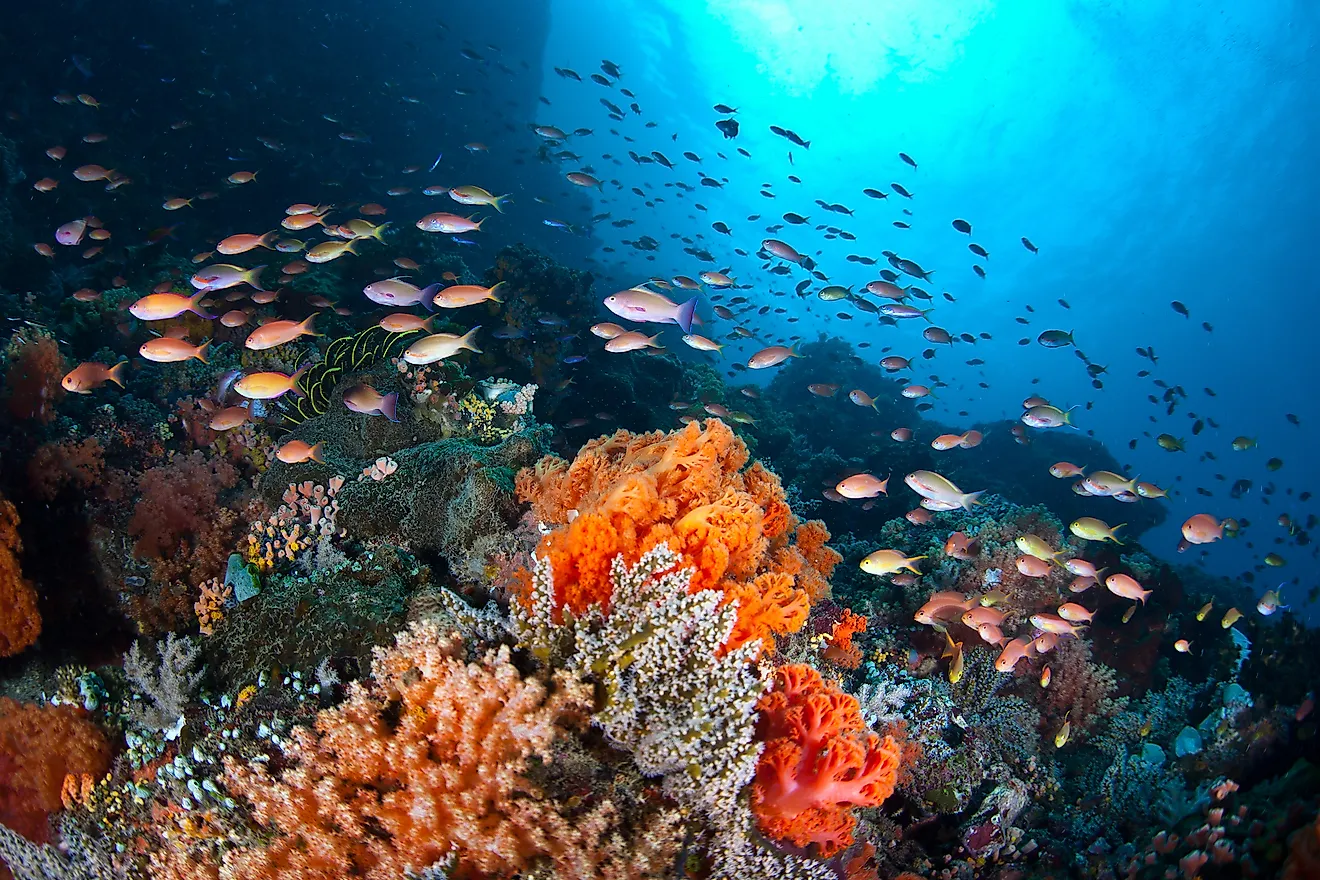The World's 25 Most Endangered Primates
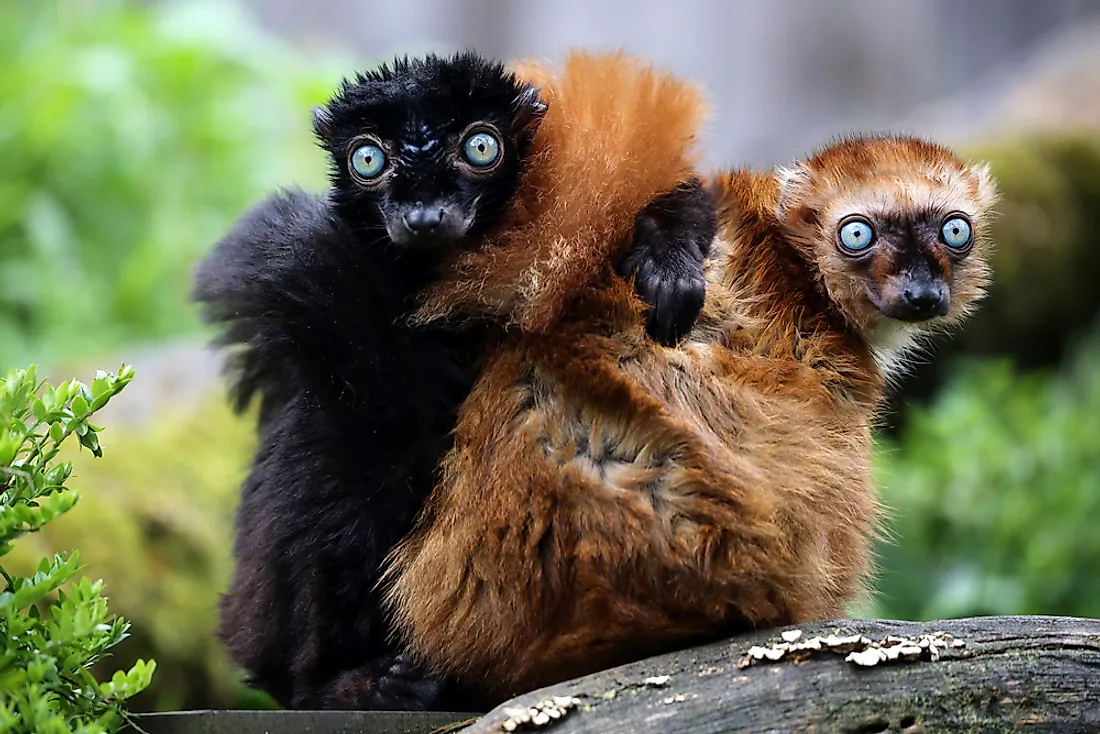
Nearly half of all non-human primates in the world are staring at extinction. In fact, in some areas of the world, the threat to the primates has reached a critical point and urgent measures need to be taken to ensure their continued existence. In Cambodia and Vietnam for instance, nine of ten species of primates are listed as either Vulnerable, endangered or critically endangered by the IUCN's Red List.
Why Are Primates Endangered?
Primates are endangered not because of natural death but due to human activities. Human activities include destruction of habitat, poaching, and being kept as pets. As human populations rise, the natural environment gives way for agricultural and commercial purposes. Logging and clearing land for agricultural purpose leaves primates without a natural environment and leads to a conflict that humans are yet to lose. Habitat loss is rampant in South East Asia where forest land is often cleared for palm oil plantations. In other parts of the world, primates are a source of food. They are hunted for bushmeat. As the habitat lose increase, the primates have nowhere to hide and became easier target.
Every year thousands of primates are captured from wild habitats and sold as exotic pets. Unfortunately, most of the targeted animals die during capture or while in transportation. The ones that make it to their owners live in the solitary life of captivity. They are often subjected to poor living conditions and die within a short time.
Recovery Measures
Despite the decreasing numbers, scientists continue to discover more species of primates. Most of the new discoveries are done in environments less impacted by human activities. From 2000, 53 new species have been discovered. 40 of the discoveries were made in the remote parts of Madagascar. The greater bamboo lemur was once thought to be on the brink of extinction, about 100 were known to inhabit the wild but discoveries in the forests of Madagascar from 2007 onwards have lowered their status from critically endangered to endangered. Other measures undertaken by researchers include breeding of primates in captivity and rehabilitating them back into the wild. The gold lion tamarin and the black lion tamarin of Brazil are such a success story.
The World's 25 Most Endangered Primates
| Rank | Species | Scientific Name | Location(s) | IUCN status |
|---|---|---|---|---|
| 1 | Bioko red colobus | Piliocolobus pennantii pennantii | Equatorial Guinea | Endangered |
| 2 | Blue-eyed black lemur | Eulemur flavifrons | Madagascar | Critically endangered |
| 3 | Brown spider monkey | Ateles hybridus | Colombia/Venezuela | Critically endangered |
| 4 | Brown-headed spider monkey | Ateles fusciceps fusciceps | Ecuador | Critically endangered |
| 5 | Delacour's langur | Trachypithecus delacouri | Vietnam | Critically endangered |
| 6 | Eastern black crested gibbon | Nomascus nasutus | China/Vietnam | Critically endangered |
| 7 | Eastern lowland gorilla | Gorilla beringei graueri | Democratic Republic of the Congo | Endangered |
| 8 | Golden-headed langur | Trachypithecus poliocephalus poliocephalus | Vietnam | Critically endangered |
| 9 | Grey-shanked douc | Pygathrix cinerea | Vietnam | Critically endangered |
| 10 | Indri | Indri indri | Madagascar | Critically endangered |
| 11 | Javan slow loris | Nycticebus javanicus | Indonesia | Endangered |
| 12 | Kaapori capuchin | Cebus kaapori | Brazil | Critically endangered |
| 13 | Madame Berthe's mouse lemur | Microcebus berthae | Madagascar | Endangered |
| 14 | Northern brown howler | Alouatta guariba guariba | Brazil | Critically endangered |
| 15 | Northern sportive lemur | Lepilemur septentrionalis | Madagascar | Critically endangered |
| 16 | Pig-tailed langur | Simias concolor | Indonesia | Critically endangered |
| 17 | Pygmy tarsier | Tarsius pumilus | Indonesia | Data deficient |
| 18 | Red ruffed lemur | Varecia rubra | Madagascar | Critically endangered |
| 19 | Rio Mayo titi | Callicebus oenanthe | Peru | Critically endangered |
| 20 | Roloway monkey | Cercopithecus roloway | Côte d'Ivoire/Ghana | Endangered |
| 21 | Rondo dwarf galago | Galagoides rondoensis | Tanzania | Critically endangered |
| 22 | Silky sifaka | Propithecus candidus | Madagascar | Critically endangered |
| 23 | Tana River red colobus | Procolobus rufomitratus | Kenya | Endangered |
| 24 | Tonkin snub-nosed monkey | Rhinopithecus avunculus | Vietnam | Critically endangered |
| 25 | Western purple-faced langur | Trachypithecus vetulus nestor | Sri Lanka | Critically endangered |

